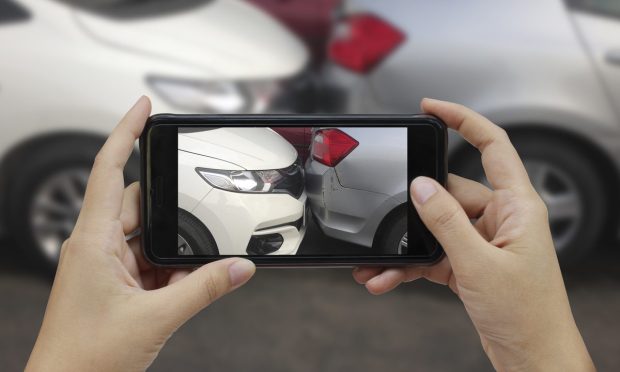AI Helps Auto Insurers Deliver Better, Faster Claims Management, Payments Experience

Auto insurers’ process of inspecting cars and assessing the damage has evolved from having a person drive out to physically inspect the car, to having a person look at photos of the car to having an artificial intelligence (AI) solution evaluate the photos.
“Now, using AI, you can come up with those estimates in minutes,” Shivani Govil, chief product officer at CCC Intelligent Solutions, told PYMNTS.
By assessing the damage shown in photos, AI can determine whether the car is repairable or a total loss, the cost of a repair, and the information about the car that will determine that cost. That’s a difficult task at a time when there are more than 6,000 makes and models, and more than 20,000 parts on each vehicle.
“How do you align around the year, make, model, the part, the color, the trim, etc., with the repair that would need to be performed across that large number of parts? That’s where using AI and photo technology to deliver these types of solutions in minutes is hugely helpful,” Govil said.
Impacting People’s Lives on a Daily Basis
That is one of many ways AI has been deployed to remove cost and time from the process of developing estimates, facilitating repairs and getting vehicles back on the road.
CCC, a Software-as-a-Service (SaaS) platform for the property and casualty insurance industry, reports the application of advanced AI for auto claims processing has increased 50% year over year.
With these solutions, the average cycle time of 50 days to resolve a claim can be reduced by days or weeks, Govil said. That’s important for the industry as more than 20 million auto claims are filed in the U.S. each year.
“There’s so much opportunity here, it’s actually quite amazing what you can do in the industry and how it impacts people’s lives on a daily basis,” Govil said.
Delivering a Seamless Experience
Despite these benefits, there were barriers to the adoption of AI solutions because the industry was accustomed to using legacy technology platforms and to having high-touch interactions with end users. Some companies worried that AI might reduce the human empathy that comes into play while helping a customer through a time of crisis.
The onset of the pandemic accelerated a change in that thinking, but even before that, the industry had begun to transform as people began to see the benefits of technology that was being used in other industries, such as financial services.
Consumers have been driving this move as well. In their personal lives, people now expect an experience that enables them to seamlessly get things done with minimal interaction or touch. Govil gave the example of food service: people now expect to choose from a wide selection of restaurants, have the food delivered and have payment happen automatically.
“Now, fixing and resolving a claim is a much more complex process, but as a consumer you still expect that seamless experience that makes everything happen behind the scenes,” Govil said. “That, too, is leading to the adoption of some of these types of technologies.”
Giving Consumers the Best of Both Worlds
For insurance carriers, AI solutions free up staff from the chores of doing estimates and allow them to spend more time taking care of people. With the speedier estimates delivered by AI, carriers can also deliver almost real-time guidance to consumers on what they need to do. For example, if the carrier sees from the photos that the car will be a total loss, they can tell the consumer so the consumer can plan accordingly.
“Not just is it personalized but it also needs to be human and empathetic,” Govil said. “That’s where freeing up more time, having the ability to even use AI to deliver some more empathetic experiences, is all coming together to give consumers the best of both worlds.”
